The quality and size of the crop from the various Spanish growing regions are excellent. Frost hit production hard the past two years, but that was not the case this year, so there is plenty of fruit. Sales, though, were lagging due to the moderate weather conditions in the Netherlands. Supply thus outpaced demand, and prices are falling. That's why Richard Uijtdewillegen from Dutch wholesaler Aartsen gave an update about the stone fruit market in mid-June.
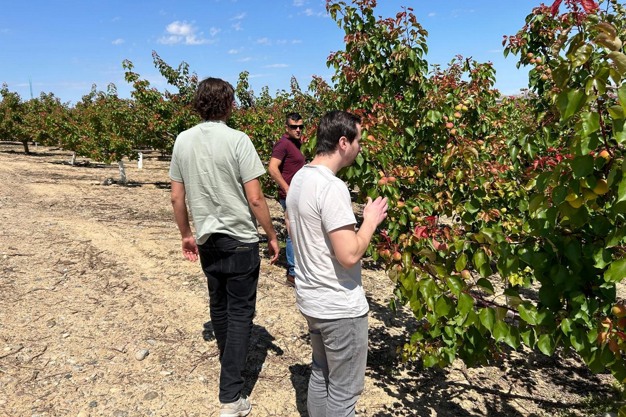
Weather conditions and hail
The weather, especially hail, is a growing concern in the cultivation areas. Hail can destroy an entire crop or cause it to have to be sold as Class II. Growers, thus, consider insurance or covering their orchards with hail nets despite the high cost. A more viable solution is to spread production over different areas to spread the risk. Recent climate change has led to more frequent than usual hailstorms in Spain's stone fruit growing areas. This year was an exception, though, with no excessive rain and hail.
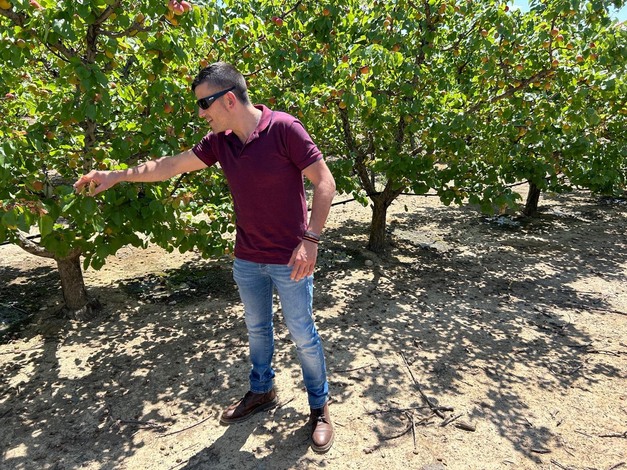
Spain: leading stone fruit supplier
Despite the challenges, Spain remains important in the stone fruit sector. Alternatives like Turkey and the Balkans are emerging, but are not yet at the same level. Spain dominates because of lower transportation costs and higher production margins, especially for cherries. Other stone fruits have a harder time because of transportation cost differences between northern and southern Spain. Once fruit from northern Spain's Lleida is available, buyers switch, putting southern growing areas at a disadvantage.

Variety development
Spain's stone fruit varieties are experiencing a shift. New, better-tasting, and better-colored varieties are replacing older early peach and nectarine varieties. This is necessary because there is no longer a market for the old varieties. So, growers are converting despite the financial impact of planting new varieties.
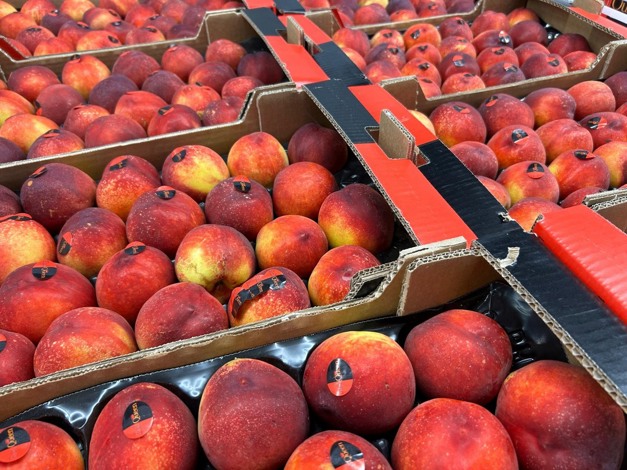
Flavor and larger fruit
Consumers increasingly value stone fruit's flavor and size. Aartsen is responding to this by picking riper fruit, especially from the Badajoz region. Tree-ripened fruit is sweeter than fruit that ripens later. This ripe fruit is, therefore, sold directly on Benelux markets without further handling. There is also a growing demand for larger stone fruit, which lends itself better to wholesale and market trade. Smaller fruits are suitable for retail packaging, but since larger sizes look nicer, wholesalers and market vendors prefer these.
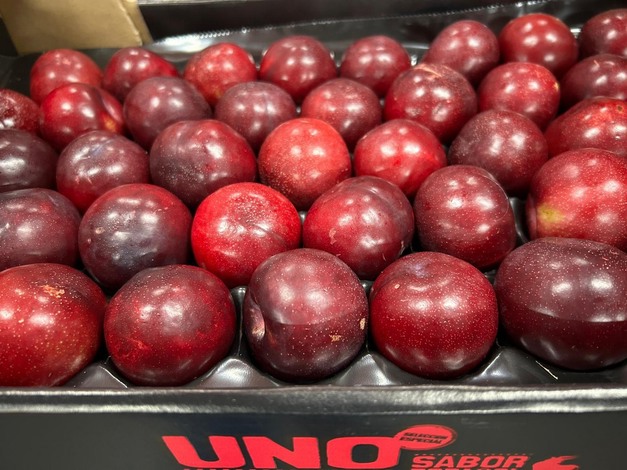
Richard concludes that, despite the challenges, Spain will, for now, stay the top stone fruit supplier. Cultivation and variety adjustments are, however, needed to meet the changing demand.
For more information:
Richard Uijtdewillegen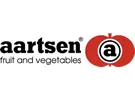 Aartsen
Aartsen
T: +31 (0)76 – 52 48100
[email protected]
[email protected]
www.aartsen.com
